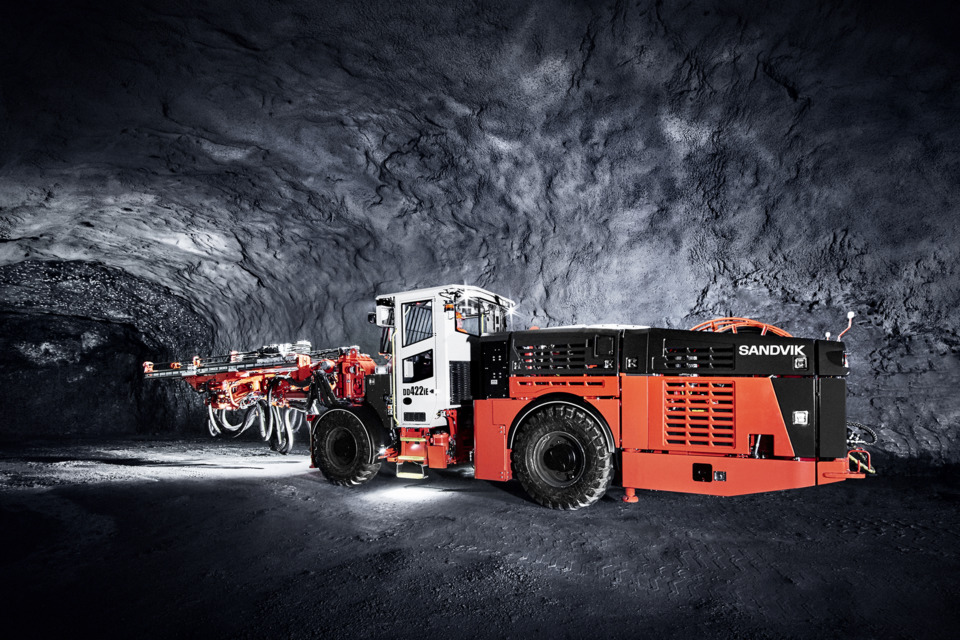Goldcorp has designed Borden Lake to become the world’s first all-electric underground mine when it reaches commercial production next year, an undertaking the company expects to not only help minimise community and environmental impact but also improve health and safety for employees – all while boosting Goldcorp’s bottom line.
By the time Borden is in full production, there will be no diesel-powered equipment underground. A combination of tethered electric and quick-charge battery-powered equipment will comprise the entire fleet. By eliminating diesel underground and fully electrifying Borden, Goldcorp anticipates a 70% reduction in greenhouse gases and annual savings of 2 million litres of diesel fuel and 1 million litres of propane. The company also expects to save 35,000 megawatt hours of electricity yearly, due in large part to drastically reduced ventilation needs.
Goldcorp senior project engineer Maarten van Koppen: “Electrification is the ultimate win-win, especially complemented by innovations like ventilation on demand and full connectivity. The main benefits that we see with going electric are certainly the elimination of fuel, reduced maintenance, reduced greenhouse gases, reduced power consumption, and of course the biggest one is the elimination of diesel particulate matter in underground environments, which is hugely beneficial to the health of the workforce. We were able to eliminate a return air raise and our intake raise, we could reduce the diameter from five metres to four metres, so there’s big cost savings to be had if you set it up right from the get-go.”
Goldcorp bought Borden from a junior explorer for $526 million in 2015. With current gold reserves of 950,000 ounces, the operation figures to produce more than 100,000 ounces per year over at least a seven-year mine life. “We are confident that our exploration will extend that,” Joncas says. “The longer our mine life, the more cost-effective our initial capital investment in an all-electric fleet.” Ore will be trucked 160 kilometres (100 miles) to Timmins for processing at the Dome mill at Goldcorp’s Porcupine Gold Mines. “Using an existing facility that operates extremely efficiently and not having to permit and build a new mill and tailing facility minimises our cost and our environmental footprint,” Joncas says.
Decline construction at Borden began in mid-2017 and a 30,000 t bulk sample is expected to be extracted and analysed by the end of this year with production expected to begin in 2019.
The Sandvik DD422iE is an electric development jumbo designed to drive down production costs while reducing the environmental impacts of drilling and tunnelling. By using electric energy from an onboard battery during tramming, Sandvik DD422iE produces zero emissions while manoeuvring between headings. This improves health and safety for miners working underground. Less diesel usage in a mine thanks to diesel-free drilling can ease ventilation requirements, while also reducing associated diesel logistics and maintenance expenses. Using a mine’s existing electric infrastructure, the Sandvik driveline technology enables the battery to recharge during the drilling cycle. The battery will even recharge while Sandvik DD422iE is tramming downhill, using energy generated by the braking system.
This article is an excerpt from Sandvik’s latest Minestories article, see http://minestories.com/a-quest-to-coexist/











